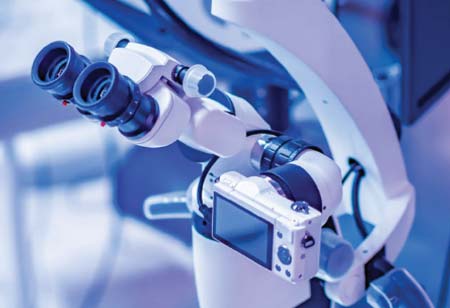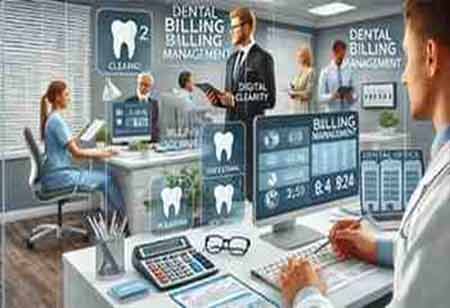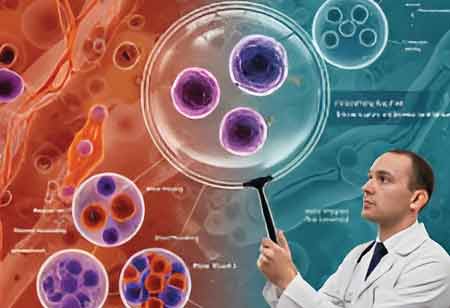Thank you for Subscribing to Healthcare Business Review Weekly Brief
Be first to read the latest tech news, Industry Leader's Insights, and CIO interviews of medium and large enterprises exclusively from Healthcare Business Review
The Impact Of Advanced Dental Technology On Patient Care
Dental technology has made remarkable advancements in recent years, revolutionizing the way dental care is delivered and experienced by patients.

By
Healthcare Business Review | Saturday, January 18, 2025
Stay ahead of the industry with exclusive feature stories on the top companies, expert insights and the latest news delivered straight to your inbox. Subscribe today.
Dental technology has made remarkable advancements in recent years, revolutionizing the way dental care is delivered and experienced by patients. These advancements encompass areas from diagnostic tools and treatment methods to patient comfort and management practices, all aimed at enhancing dental care’s efficacy, comfort, and outcomes.
One of the most significant advancements is in the area of diagnostic technology. High-resolution digital X-rays and 3D imaging have replaced traditional film-based X-rays, offering a clearer, more detailed view of the teeth, bones, and surrounding tissues. This not only aids in more accurate diagnosis and treatment planning but also reduces radiation exposure. Intraoral cameras provide real-time, detailed images of the mouth, allowing dentists and patients alike to see potential issues that might not be visible to the naked eye. These advancements in diagnostic technology enable early detection and treatment of dental issues, preventing more serious problems.
In terms of treatment, laser dentistry has emerged as a groundbreaking technology, offering a less invasive alternative to traditional dental surgery. Lasers are for various dental procedures, including cavity removal, gum reshaping, and teeth whitening.
The precision of laser technology minimizes damage to surrounding tissues, reduces bleeding and swelling, and speeds up the healing process. Computer-aided design and manufacturing (CAD/CAM) technology has also revolutionized dental restorations such as crowns and veneers. This technology enables dentists to design and manufacture restorations in a single visit, significantly reducing the time and discomfort associated with traditional methods.
Material science is crucial to dental technology advancements, particularly in developing new dental materials that are stronger, more durable, and aesthetically pleasing. Composite resins that closely mimic natural teeth’ appearance are used for fillings, while advanced ceramic and porcelain materials are used for crowns, bridges, and veneers. These materials improve the appearance of dental restorations and their longevity and compatibility with the body.
These technical developments have significantly improved patients’ safety and comfort. The field of sedation dentistry has advanced, offering patients more sophisticated alternatives than ever before, including IV and oral sedation and nitrous air to assist patients in resting during dental treatments. Patients who are anxious or afraid of seeing the dentist can receive care more easily. Furthermore, with cutting-edge sterilization technologies guaranteeing the security of patients and dental professionals, the importance of sterilization and infection control in dental clinics has never been higher.






